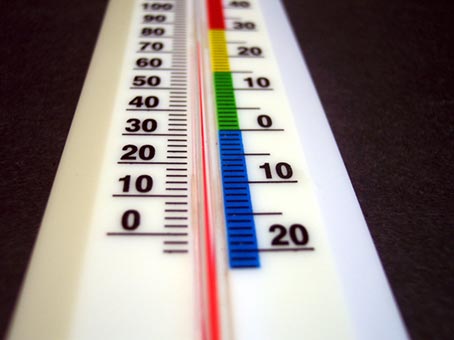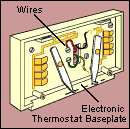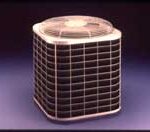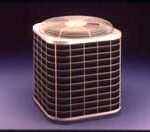When room temperatures swing more than about 3 degrees F. between when the air conditioner goes off and on again, it generally means that the pump isn’t cycling on often enough.
When room temperatures drop lower than the set temperature on the thermostat, the thermostat is usually improperly calibrated or installed where it doesn’t sense a proper sampling of room air. The thermostat may just need a simple adjustment.1 Remove the thermostat’s cover or main body. For a mechanical thermostat with a mercury switch (a small vial filled with mercury), first use a small level to make sure the thermostat is mounted level on the wall. If it isn’t level, it won’t measure temperatures properly. Digital electronic thermostats don’t need to be level to work properly, but the rectangular ones look best if they are.
2 Look for a small lever that moves along a calibrated scale (not the heat temperature lever)—in some cases, it is marked “longer.” This is the heat-anticipator adjustment lever. Move it one calibration mark closer to the “longer” setting if the air conditioner goes on and off too frequently, or move it one mark away if the air conditioner allows room temperature to drop too low or rise too high before going on or off.
3 Wait several hours for the thermostat to stabilize at this new setting, then repeat with an additional adjustment if needed. If these adjustments don’t solve the problem, consider replacing the thermostat. (For information about buying a new thermostat, see the Thermostats Buying Guide.)
If you would rather hire an air-conditioning pro to inspect and maintain your AC equipment, this FREE service will help you find a qualified local AC professional.
NEXT SEE:
• Central AC Overview
• AC Not Working | Central Air Conditioning Repair & Troubleshooting
• How to Prepare and Clean Your Central Air Conditioner for Summer
• How to Replace a Furnace, AC or Heat Pump Filter
• Maintenance Checklist for Central Heating Systems









 Don Vandervort writes or edits every article at HomeTips. Don has:
Don Vandervort writes or edits every article at HomeTips. Don has:




